Father’s Day is just around the corner (it’s June 18), and if you’re like many of us, it can be hard to find a gift that he’ll actually want and use — especially if your dad is the type of person who already seems to have everything. To give you an edge, here are 20 tech gifts and gadgets that run the gamut from utilitarian to just really cool. And, most importantly, there’s something for every budget.
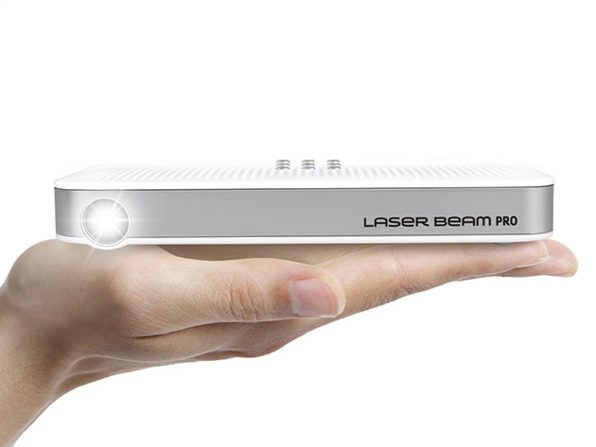
Imagine if you could project video, photos or other content anywhere, onto basically any surface. Well, no need to imagine: the Laser Beam Pro does just that. Powered by Eye Safe Class 1 laser tech, this Android-based laser projector lets you project content up to 150 inches, with a maximum of 200 lumens and 768 HD resolution. Did we mention that it can fit in your pocket? Get it here for $485.
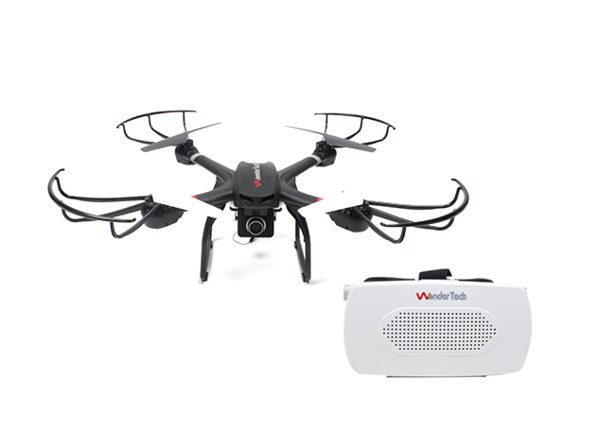
Drones are undoubtedly cool, but a drone with VR capabilities is even cooler. The Voyager drone will let you take to the skies from a first-person perspective — slip your phone into the included VR headset, and you’ll be able to see what the drone “sees” in real-time. Get it here for $249.99.

For the adventure-documenter or the sports videographer, the RoveCam 360 will let you record stunning 4K and 3D video basically anywhere (even up to 30 meters underwater). It also offers built-in Wi-Fi, audio recording, panoramic and slow motion options — so you’ll have all your bases covered. Get it here for $169.99.
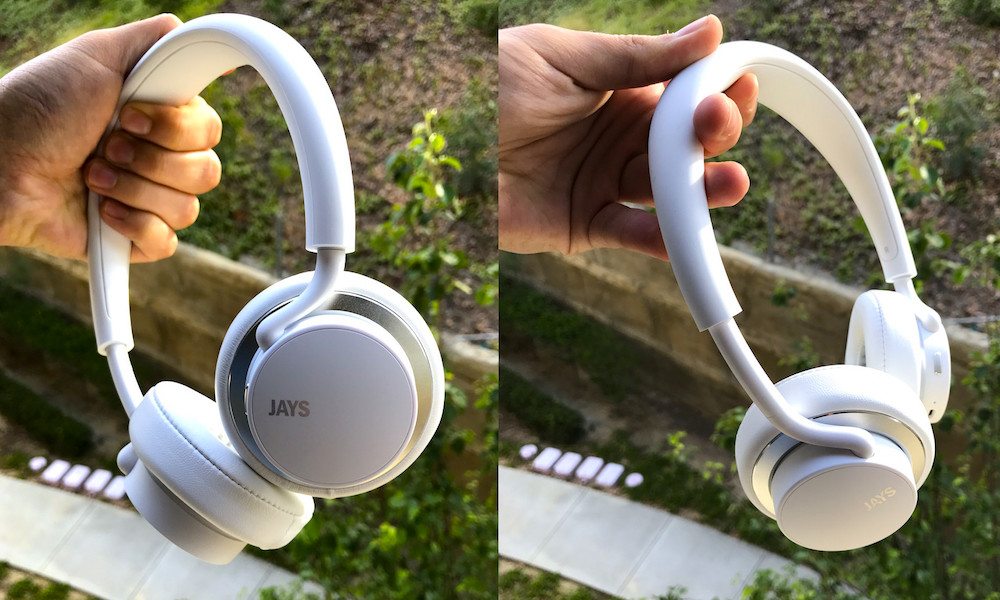
Audiophiles are a unique bunch — and they can be hard to please. Luckily, these u-Jays headphones combine the luxury of high-quality, noise-isolated sound and the convenience of cord-free, Bluetooth connectivity. Plus, with a battery life up to 25 hours, they won’t cut out halfway through your gym session or flight. Even better yet, iDrop News rated the u-JAYS wireless headphones 9 out of 10 in their independent review. Get it here for $169.95.

Give the gift of peace of mind. This security camera lets you keep an eye on your home or business — and everything in it — in wide-angle HD or infrared night vision. With cloud & SD card storage options, you’ll never have to worry about internet connectivity issues affecting its recording. What’s more, The Oco2’s motion and sound detection systems are self-learning, which helps to curb false notifications. Get it here for $144.99.
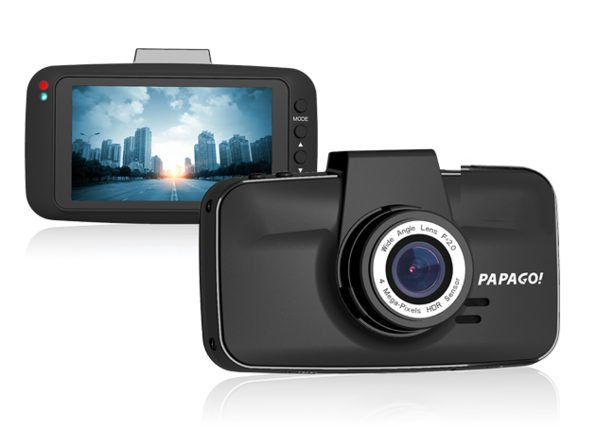
Whether you want extra safety on the road or you just want to film your commute, the GoSafe 520 provides up to 4 hours of IMAX-quality video recording — right on your dashboard. The GoSafe can be configured to turn on with your car’s engine, or set to record automatically when it detects an impact, drastic braking or sharp turning. It can record in all types of lighting, and it also packs a suite of extra pre-installed safety features such as Driver Fatigue Alarm and Light Reminder. Get it here for $124.99.

Take the party anywhere with this rugged and durable boombox which was named iLounge’s “Speaker of the Year.” With aux cable and Bluetooth connectivity options, the G-BOOM delivers powerful sound with a 2.1 speaker configuration and dual bass ports. The integrated handle adds to its portability, and its 7-hour rechargeable battery lets you pump out tunes basically all day. Get it here for $79.99.
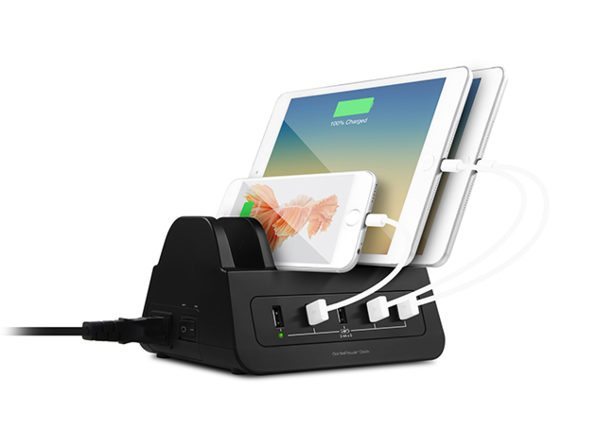
Charge all of your devices, all at once, with the GorillaPower power dock. This dock packs five 60W USB ports into one convenient form, and you can even power computers or small appliances with the two 1200W AC power sockets. And with built-in surge and overheating protection, you’ll never have to worry about inadvertently ruining your electronics. Get it here for $59.99.
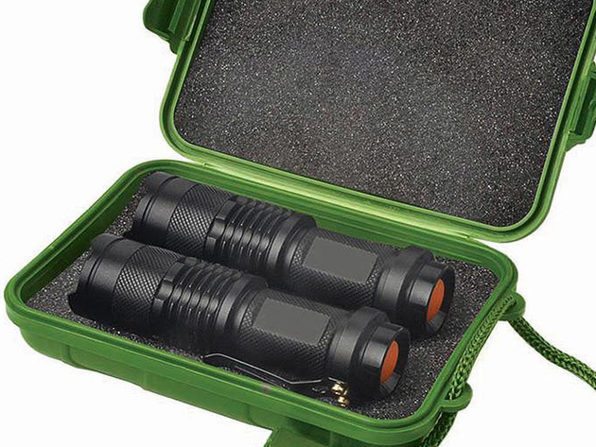
Sure, your smartphone has a “flashlight mode,” but that light pales in comparison to these. These durable, military-grade flashlights are the perfect companions for night hikes, power outages or any number of emergency situations. With 500 lumens, multiple light modes, adjustable zoom, and a one-mile range, you’ll never be afraid of the dark again. And don’t worry, they have a long-lasting battery, too. Get them here for $49.99.
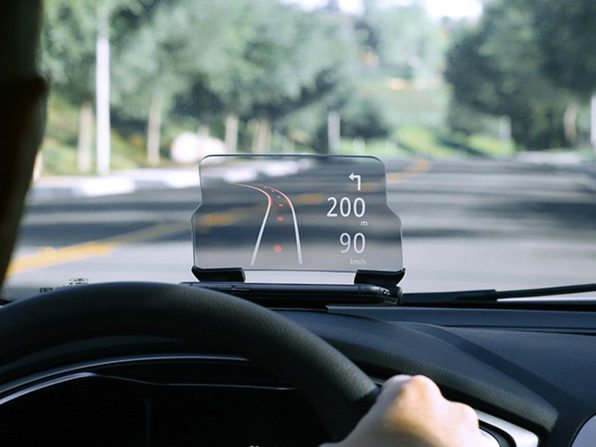
A heads-up navigation display will let you drive — and navigate — much more safely than glancing down at your smartphone to keep track of every upcoming turn. With support for any HUD app, the HUDWAY Glass lets you see GPS directions without taking your eyes off the road for unsafe amounts of time. Its crystal clear picture works well on any day, regardless of visibility. Get it here for $49.95.
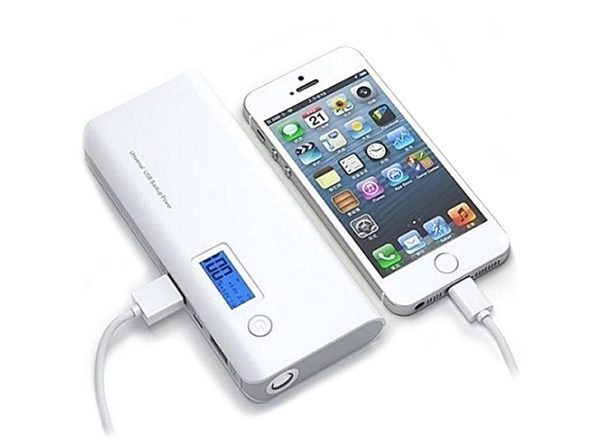
Keep your devices fully charged — even when you’re on the go — with this powerful and portable power bank. You can quickly charge two devices simultaneously, and the built-in LED display lets you know how much of the impressive 12,000mAh capacity is left. Best of all, it’s small enough to slip into your backpack, briefcase or pocket, letting you take it everywhere you might need it. Get it here for $39.99.

If you’re an Apple user, you can never have too many Lightning cables. These extra-long MFI-Certified Apple Lightning cables are guaranteed to work with your Apple devices — without the risks associated with cheaper cables. And since it’s a three-pack, you can have one in your desk, in your bag, or anywhere you might need to charge up or connect your smartphone or tablet. Get them here for $29.99.
13. Kinkoo 40W 6-Port High Speed Charger – $29
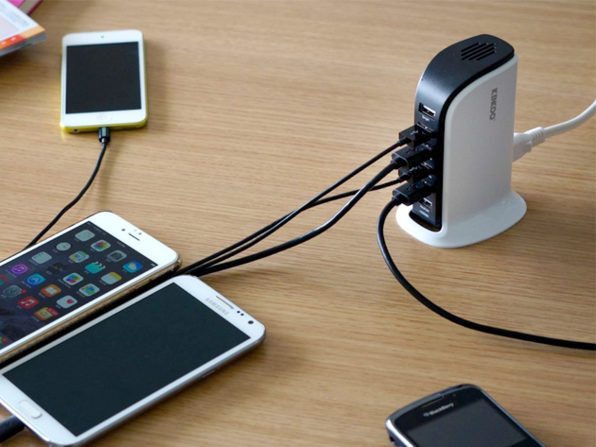
If you’re tired of waiting around for your devices to charge, it might be time to upgrade to the Kinkoo High-Speed Charger. The Kinkoo actually has a built-in intelligent control chip that optimizes each of its six USB ports to give you the fastest possible charge — up to 85 percent faster than conventional chargers. Get it here for $29.
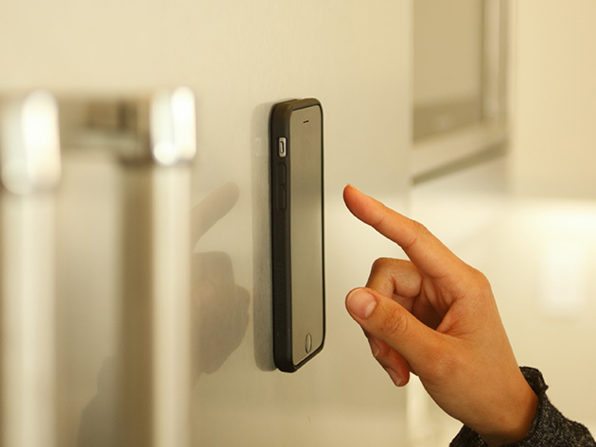
A phone case is just a phone case, right? Not this time. While the Anti-Gravity Case protects your phone like a normal case with its durable and grippy TPU construction, it also features nano-suction technology so you can stick your iPhone to metal, glass, whiteboards and more. Stick the phone to basically any surface, and you’ll be able to watch video, take selfies or use other features — completely hands-free. Get it here for $24.99.
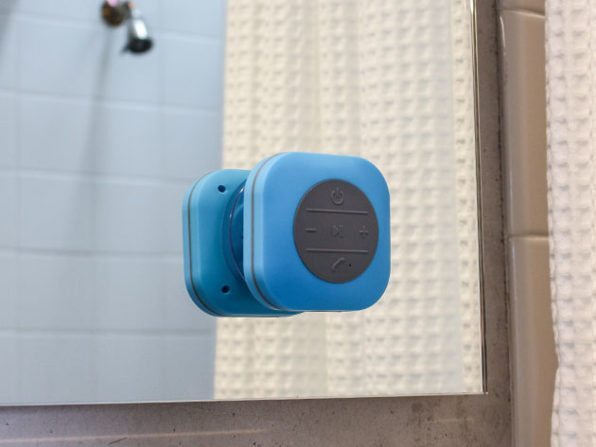
If you’ve ever wanted to listen to music or make calls while in the shower without getting your phone wet, then a shower speaker might be for you. This XXL model is twice as powerful as typical showers speakers — pumping out 3 watts of sound. It also features Bluetooth 4.0 for easy connectivity, as well as a larger battery that lets you go weeks without a charge. Get it here for $19.99.

Do you ever wish you could “locate” your keys the way you can your iPhone? Well, the Nut Find 3 lets you do just that. Once you attach this tracker to your keys (or any other easily lost item), you can just hit a button in the corresponding app to make the Nut tracker beep — allowing you to tracking it down easily. It also has GPS location recording, and the ability to detect and alert you if your tracker or your phone is out of “safety range.” Get it here for $19.99.
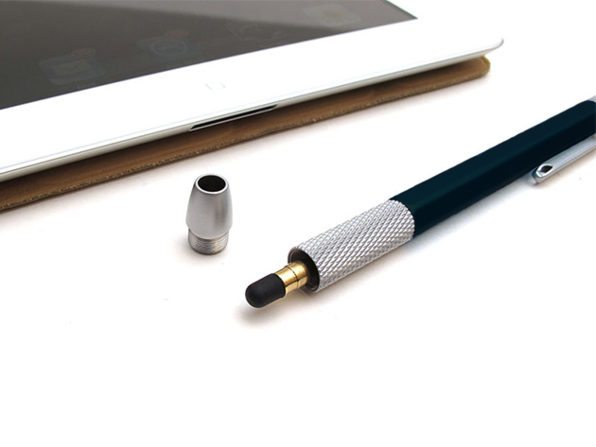
Stop settling for cheap and replaceable styli. Instead, opt for the Hand Stylus — which the New York Times’ David Pogue called “the smallest, sharpest one in the business.” This well-designed, nicely weighted stylus features an incredibly small silicone tip for accurate drawing and writing, as well as an auto-rotating feature that ensures that the tip wears evenly. It also has a removable pen clip and a magnet that can attach to an iPad cover. Get it here for $14.99.
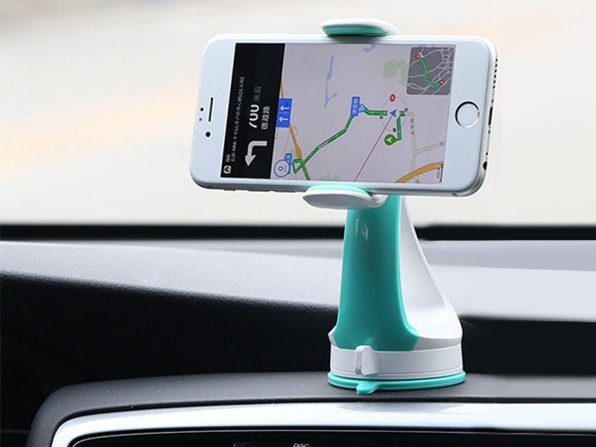
It’s common sense: when you’re behind the wheel, you should focus on driving — not on your iPhone. That’s where the Rotating Car Phone Stand comes in. It features a powerful suction cup that can attach to your dash or window, and it’s completely adjustable, allowing you to use it for navigation, music, or to easily answer incoming calls (if you’re using a hands-free device, of course). Get it here for $13.99.
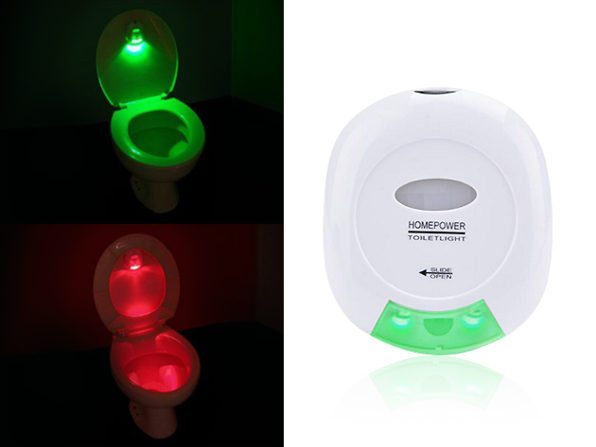
Nighttime trips to the bathroom often involve one of two scenarios: blinding yourself with bright lights or stumbling around in the dark. Add a third — and better — option with this motion-activated, AA battery-powered light. It automatically turns on when it senses movement, so you can easily see where you’re going. Best of all, it also has a detection feature which lights up green or red depending on whether the toilet seat is up or down. Get it here for $11.99.
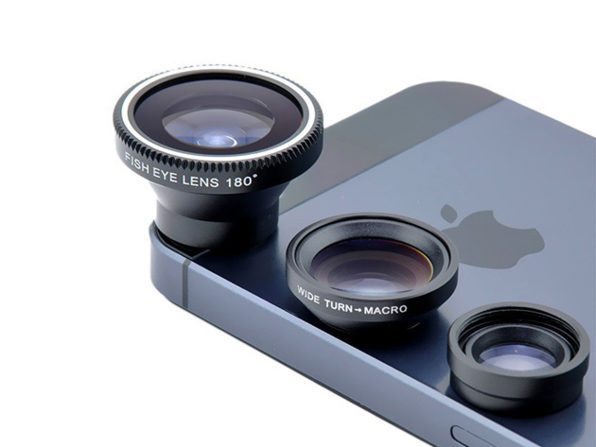
Give your iPhone photography game a boost with this 3-in-1 magnetic lens kit from Acesori. These easily attachable and durable lenses greatly increase the range of shots you can take with your smartphone camera — the set includes Fish Eye, Wide Angle and Macro lenses. They’re made with anti-scratch, reduced-glare glass, and the kit also comes with metal lanyards and durable lens covers so you can keep your lenses protected when you’re out and about. Get them here for $9.99.
Want a FREE iPhone 7? Click here to enter our monthly contest for a chance!
Follow us on Apple News by pressing the (+) button at the top of our channel

from iDrop http://ift.tt/2qs01xN
via
IFTTT